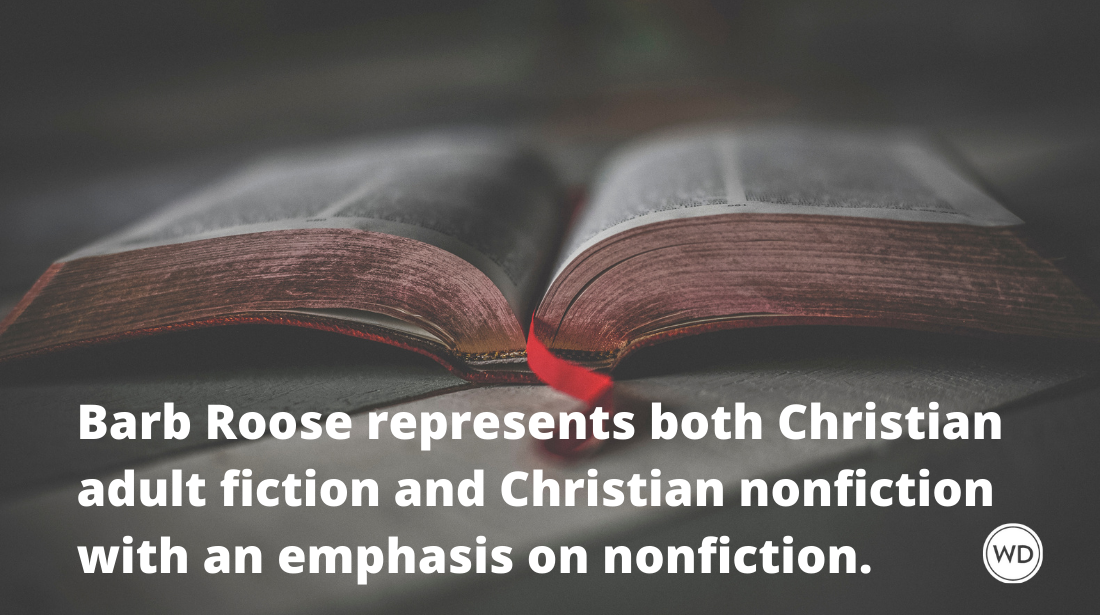3 Things You Need to Know to Write Great Flash Fiction
Instant gratification reigns supreme in today’s fast-paced society. I could go into a spiel here about Twitter, DVR, multi-tasking, and Big Macs, but we all live it (and, in most…
Instant gratification reigns supreme in today’s fast-paced society. I could go into a spiel here about Twitter, DVR, multi-tasking, and Big Macs, but we all live it (and, in most cases, love it) every day.
Writing is no different. E-readers are replacing traditional books (some e-books even use short video clips throughout the story), and narrative summary, back-story, and omniscient POV are “four-letter words” in the writing industry now. So that’s where we are. Sharp. Hard-hitting. To the point. In and out, nobody gets hurt. Enter: Flash Fiction.
Order a copy of Ben Wolf's I'd Punch a Lion in His Eye for You.
Amazon
[WD uses affiliate links.]
First, let’s establish what flash fiction is not. It’s not a part of a bigger story, or a synopsis for a novel, or a short story trimmed down to fit the 1,000-word maximum. It doesn’t cause brain-strain with convoluted point-of-views and time shifts. And it absolutely, unequivocally, downright does not require the reader to go back and read the story again to understand what the heck is going on.
So what is it? A flash fiction piece is a self-contained story (beginning/middle/end), 1,000 words or less, that can entertain, intrigue, and satisfy a reader during an F5 tornado. That’s it. No genre restrictions, age requirements, or prior experience needed. Just quick, clean stories.
So how does one craft a fresh, unforgettable story in less than four pages? The same as with every other story—just quicker. Here are some good ideas to get you started:
1) You’d better have one heck of a hook. Flash fic readers have busy lives and short attention spans, so your first task is to convince them your story is worth their time.
2) Put your characters in conflict with someone or something. You have less than 1,000 words to create a character, to mess with her so she feels totally wrecked, and then to resolve the problem one way or another. Not all conflict has to be resolved for the character’s benefit. In flash fiction, you don’t have to have a happy ending, but there needs to be some sort of problem or issue for your character to face, otherwise we’re bored.
In other words, something has to happen.
3) Satisfy your reader. “To be continued” works for sitcoms and comic books, but not for flash fiction. In and out, remember? Wrap your story up so tight and so fast that your reader can’t help but love you for it.
With that in mind, be creative. Write something from a wasp’s viewpoint. Kill your MC in the first line. Have a grandma tell about the time she stubbed her toe if you want, but for your readers’ sakes please make it interesting.
Finally, here’s a list of pet peeves sure to push you to the back of the line when it comes to acquisitions:
- Leave your reader confused even after she’s re-read the story 3 times.
- Bore your reader to tears even after he’s re-read the story 3 times (or use clichés like “bore me to tears”).
- Use hokey dialect instead of giving a character an actual voice.
- Send in your submission without a title or author name.
- Fail to provide a plot.
- Use incorrect (or un-factual) history or information in a genre where accuracy matters (like historical fiction).
- Use your story as a soapbox.
Any questions? If not, then go forth and write on. If so, well, go forth and write on anyway.
Here are seven tips to help you get started:
1. Subscribe to Splickety’s newsletter and get three free issues of Splickety’s magazines to see how it’s done.
2. Create a compelling character. Highlight only his/her most important features and details.
3. Pick a setting. Describe only its most unique aspects. Your readers will fill in the rest.
4. Put your character into conflict with something/someone externally, then identify his/her internal struggle(s). Please note that you need both kinds of conflict, even in such a short story. Remember: something has to happen.
5. Don't forget your plot: plan your beginning, middle, and end.
6. Add some more conflict in there. More tension for your character usually makes for a better story.
7. After you've written and edited your story, give it to a test reader, a critique partner, or your editor. Then submit it for publication.
Go write. And then write some more.
Ben Wolf is the author of I'D PUNCH A LION IN HIS EYE FOR YOU(Dec. 2015, Splickety Publishing). Ben is the founder and Editor-In-Chief of Splickety Publishing Group, your source for the best flash fiction in the world. His debut novel BLOOD FOR BLOOD, the story of what might happen if a vampire got saved, won the 2015 Cascade Award for Best Speculative Fiction Novel. You can find out more about Ben at www.benwolf.com.







